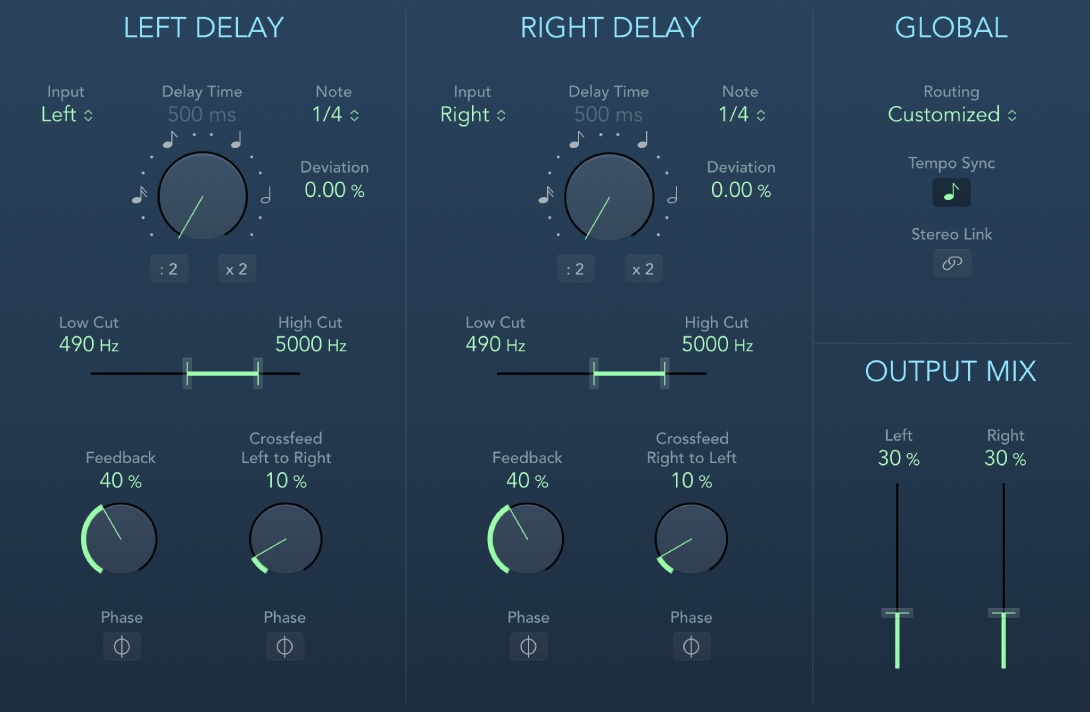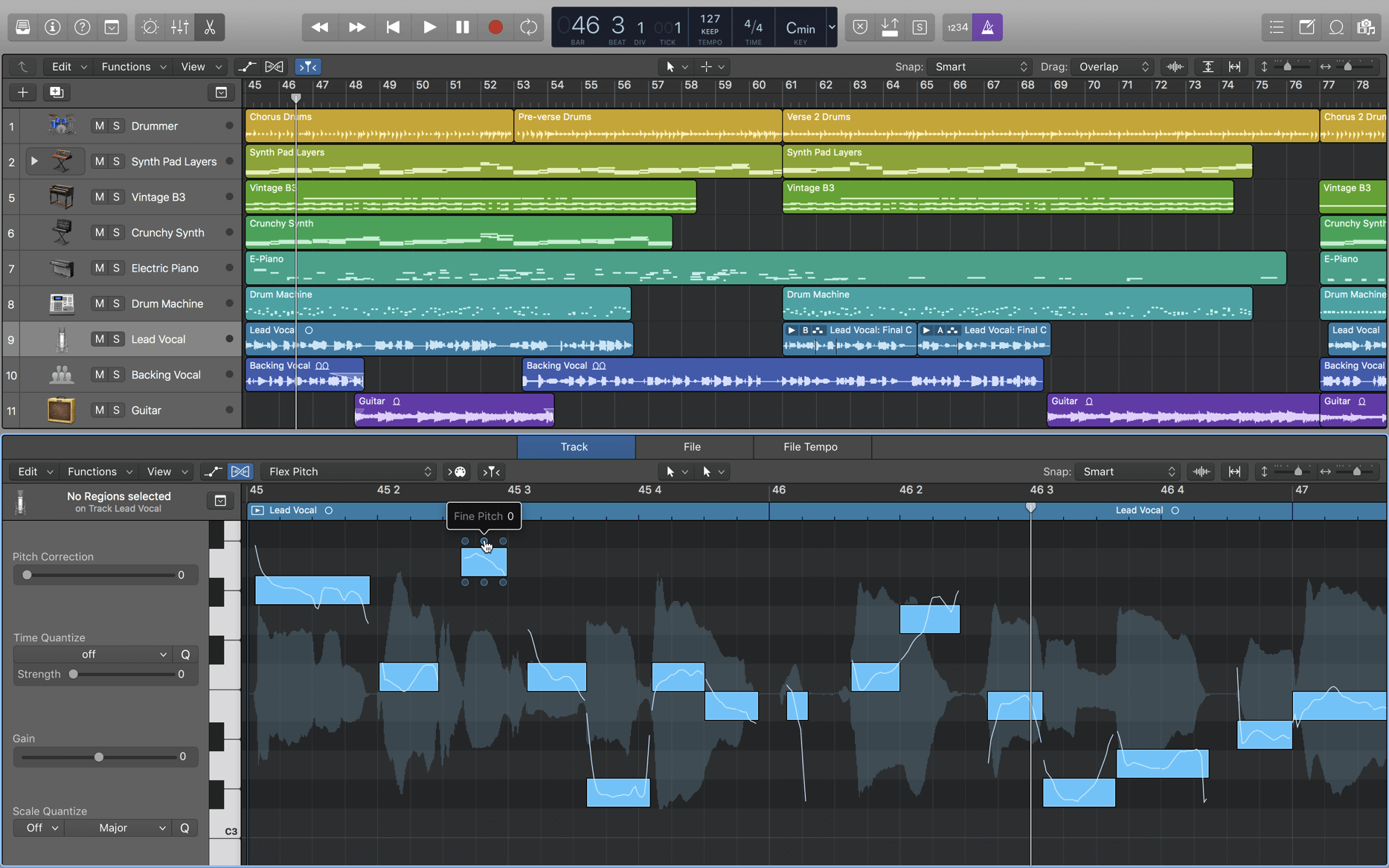
- #Appagiator plugins for logic pro x how to
- #Appagiator plugins for logic pro x driver
- #Appagiator plugins for logic pro x software
#Appagiator plugins for logic pro x driver
Here you'll see icons for your various MIDI devices, but there's also one labelled IAC Driver (see Screen 1 above), and unless you've visited it before, its icon will probably be dull, signifying that it isn't active. Screen 2: Before you can capture the output of your MIDI plug-ins, the IAC Driver needs to be set to 'online'.The secret tool that makes this all possible resides on the MIDI page of your Audio MIDI Setup utility, which can be found lurking in the Applications / Utilities folder. One major frustration is that these plug-ins don't facilitate the simple recording of their outputs, so although the audio results might sound impressive, your MIDI track still contains only the trigger notes that you played before they reached the MIDI plug-in. I'm sure the Apple guys could have built in this useful facility, but don't despair, as there are a couple of ways to do it.Īfter some searching around I discovered that there is a fairly straightforward way to record the processed MIDI data without having to use any third-party hacks or apps, and though it isn't as straightforward as a 'Make it so' button, it doesn't take long and once you've done it a couple of times you'll be able to do it very quickly. This is extremely annoying, as the Chord Trigger in particular is a great tool for knocking out a first draft of string parts, but in most cases you'll then need to thin out the notes, tie some across bar lines and so on to get the results sounding authentic. However, one major frustration is that these plug-ins don't facilitate the simple recording of their outputs, so although the audio results might sound impressive, your MIDI track still contains only the trigger notes that you played before they reached the MIDI plug-in.


Those MIDI plug-ins that pop up in green in Logic's Instrument Channel FX slots can be very useful in creating something impressive from a modest input - the Arpeggiator and the Chord Trigger, for example, which produce complex results based on you playing or programming in just one or two notes. Logic's MIDI plug-ins are great, but getting access to the data they output can be tricky. I'm going to set mine to Variation 2.Screen 1: The IAC Driver is key to routing MIDI from one Logic track to another. And the Variation dial has a set of ways that it works, the further you go up the variation dial the more complexity and variance it adds to the Arp pattern. This will cycle thee notes over a 2 octave range. With Octave Range you can determine the number of octaves the notes are going to cycle over. Now let's jump over to the last two options on the right of the Note Order section. Step 3 '" Adding Some Variation and Range Try them out, it can be real fun experimenting with them. And lastly is the Hold pattern, it will play the pattern in the sequence that you lay down the notes. Following this is the random pattern, and as you can guess this will play a random pattern within the chord notes. It'll play the outside notes that you play with your chord, and will move in towards the inside notes of the chord. The fourth note order is the Inside to Outside pattern. The note order settings in Logic X's arpeggiator. It might look a bit daunting at first but it's very easy to navigate. This will bring up the Arpeggiator plugin user interface.

Now above the ES2 instrument tab on the channel strip, click on the MIDI FX box and choose the Arpeggiator. I like this sound as it is a lead synth sound with some nice harmonic content, and sits well in the higher registers, especially if you play in around the C3-C4 region. On this track add an instance of ES2, and choose the preset Vintage Mix.
#Appagiator plugins for logic pro x software
You can use the shortcut Cmd-Option-N to bring up the new add tracks dialog box and then choose a Software Instrument. In a song of mine I have created a new software instrument. The Arpeggiator is a MIDI Effect, so this needs to be placed on a software instrument. From there I'll show you how you can incorporate these into your music productions.
#Appagiator plugins for logic pro x how to
Let's first take a look at the user interface and how to program arpeggiation patterns. In this article I'll show you how you can build up an arp pattern as an extra layer of interest in your songs. I find that using arpeggiations in your music productions is a great way to add some extra intricacy and pace to your songs through the different arpeggiation variations, octave ranges and interval changes. Logic's Arpeggiator MIDI effect allows you to easily create arpeggiation patterns with your software instruments.


 0 kommentar(er)
0 kommentar(er)
